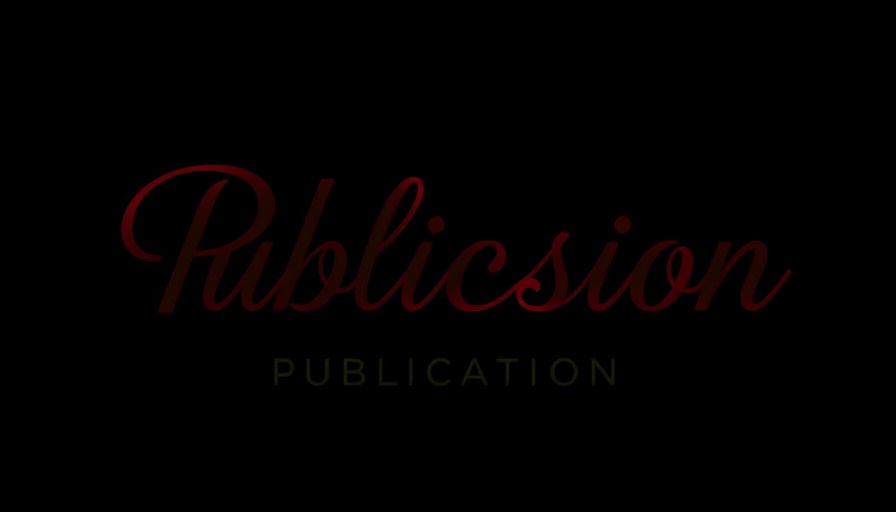
A Toxic Culture Erodes Trust in Washington's Governor's Office
SEATTLE — A troubling situation has emerged in Washington state's government as top aides to Governor Bob Ferguson have resigned amid allegations of a toxic workplace environment. Recently, Joyce Bruce, the governor's legislative director, stepped down, following the earlier resignation of Shawn Lewis, deputy legislative director. This exodus, occurring just two months into Ferguson's inaugural term, has shocked the political sphere and raised serious questions about the climate within the governor's office.
Reflections on Workplace Culture: A Critical Issue
The idea of a "toxic workplace" is not merely a fleeting term; it resonates across multiple sectors and can significantly affect productivity and morale among employees. State Senator Yasmin Trudeau, D-Tacoma, voiced concerns about the treatment of women in the governor's office, indicating a pattern of behavior allegedly associated with Mike Webb, a high-ranking aide.
Trudeau expressed her commitment to raising these concerns, stating, "I will always speak up and come forward when I hear any allegations of the mistreatment of women." This assertion underscores the unfortunate reality many organizations face regarding workplace dynamics, particularly around gender. Bruce's resignation highlights not only the immediate impact of individual actions on staff but how these cultural issues can permeate an entire office.
Understanding Workplace Toxicity: What It Means
Workplace toxicity can manifest in various forms, from bullying and harassment to discriminatory practices that create hostile environments. Such dynamics lead to reduced employee satisfaction, increased turnover rates, and even mental health problems among staff. In this case, the administration is faced with the urgency of addressing underlying issues before they escalate further.
With Bruce's resignation, concerns about her treatment persist, prompting further scrutiny of the administration's internal culture. Further complicating matters is the fact that Ferguson, while defending Webb, has not formally acknowledged any claims against him, despite the growing discontent expressed among staff, both male and female.
Taking Responsibility: The Path Forward
State Senate leadership, including Senator Mike Chapman, has called upon Ferguson to take swift action to restore trust within his office. He stated, "We are counting on him to take control of the situation and restore trust and professionalism in the governor’s office immediately." Such accountability is crucial, not just for the success of the administration but for the mental well-being of all employees involved.
Actionable Insights: Addressing Workplace Toxicity
Here are some practical steps organizations can consider to address similar situations and create healthier work environments:
- Establish Clear Policies: Organizations must have explicit guidelines about workplace behavior, coupled with serious consequences for violations.
- Create Open Channels for Reporting: Employees should feel secure in reporting issues without fear of retaliation. Anonymity can encourage more individuals to come forward.
- Regular Training and Workshops: Conducting training can help foster understanding and respect among colleagues, promoting a healthier workplace culture.
The Broader Implications of Workplace Dynamics
This situation underscores a broader issue many workplaces face today: how crucial it is to maintain a healthy working environment. It's not only about productivity; it's about fostering an atmosphere where individuals feel valued, respected, and safe. As organizations navigate these challenges, the hope remains that lessons learned from the turmoil in Ferguson's office can inspire reforms that resonate beyond the political arena.
Conclusion: A Call for Action and Change
As the story unfolds, it serves as a critical reminder for both employees and employers alike of the importance of a safe workplace culture. We must call for accountability and change now more than ever, not just for Washington but across all sectors. It's essential for us to reflect on and advocate for the mental health of ourselves and our colleagues.
Join the conversation on workplace culture and share your thoughts on how best to foster environments where everyone feels valued and respected.
 Add Row
Add Row  Add
Add 




Write A Comment